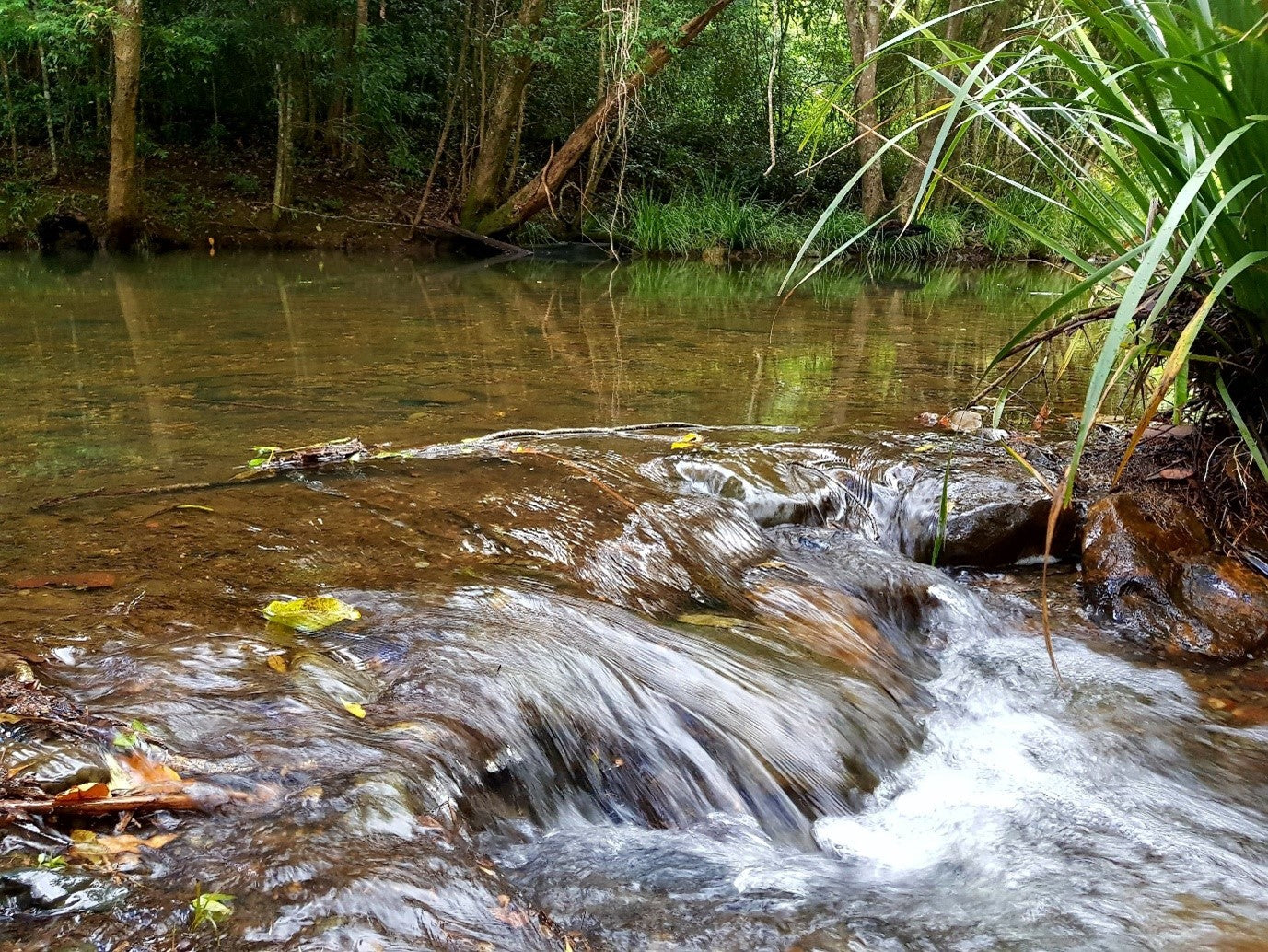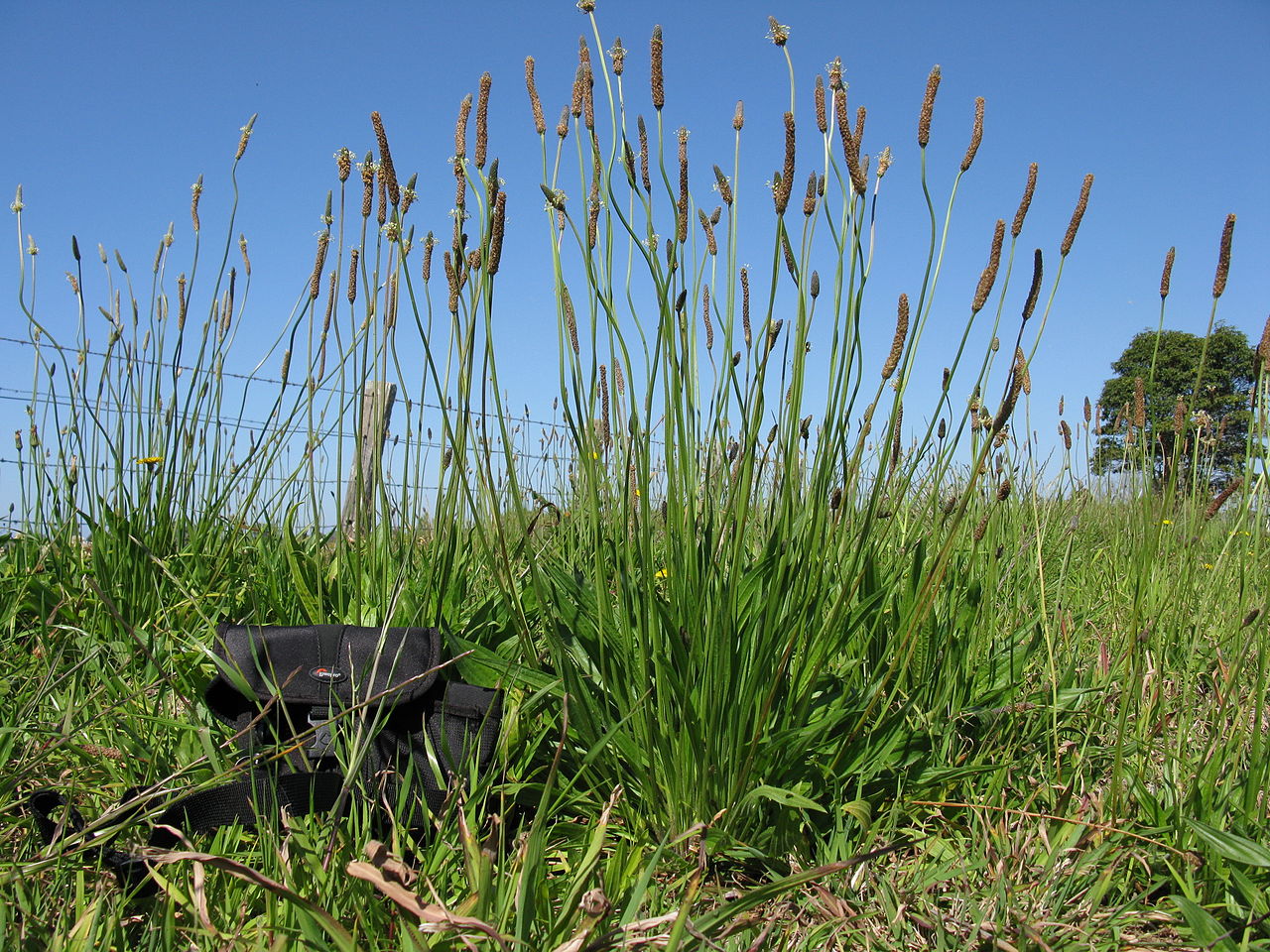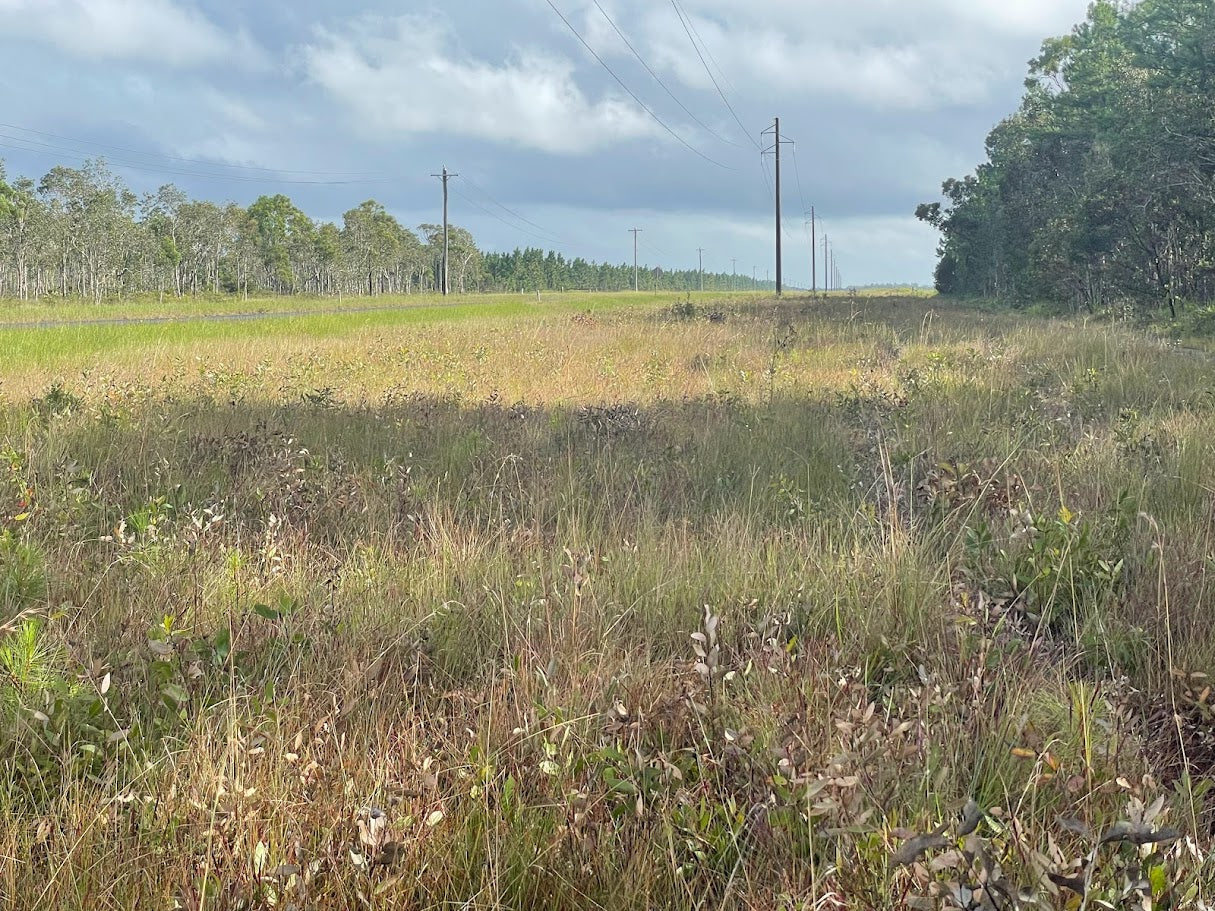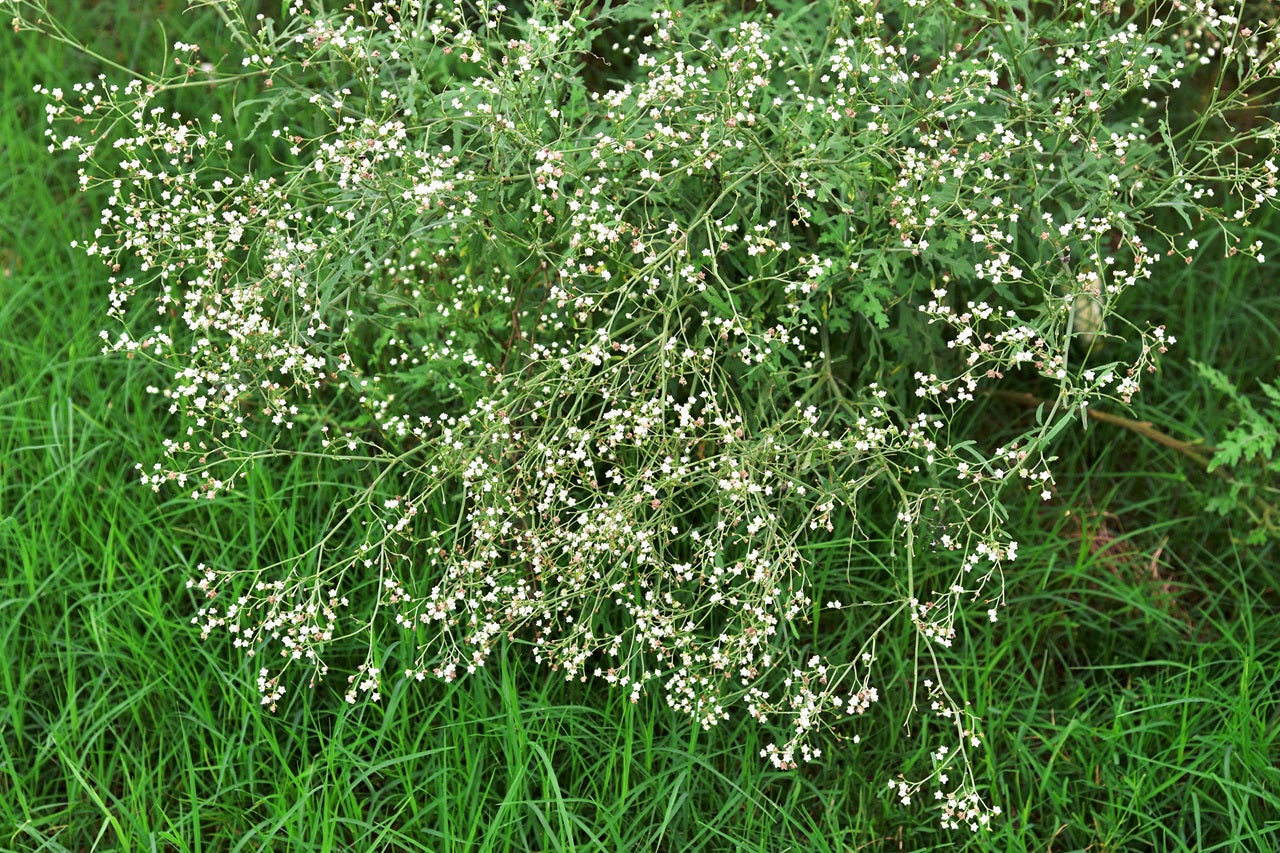
Integrated Vegetation Management A Holistic Approach to Natural Area Recovery
Integrated Vegetation Management: A Holistic Approach to Natural Area Recovery
Natural areas are vital to Australia’s ecological health and economic prosperity. They provide critical ecosystem services such as climate regulation, water filtration, recreation and habitat for biodiversity. Yet, these areas are under increasing pressure from invasive weeds, habitat degradation and the legacy of poor land management decisions that failed to recognise the value of these systems. Restoring these landscapes requires a holistic approach and Integrated Vegetation Management (IVM) has emerged as a proven strategy for natural area recovery.
Understanding Integrated Vegetation Management (IVM)
Integrated Vegetation Management (IVM) is a systematic and science-based approach that combines various methods to manage vegetation effectively while promoting ecological balance. It focuses on achieving long-term environmental, economic, and social benefits by integrating multiple control measures and fostering ecosystem resilience.
Key principles of IVM include:
- Combining mechanical, chemical, biological, and cultural control methods.
- Selecting techniques that minimise environmental impact and disturbance.
- Considering site-specific conditions to tailor management practices.
- Prioritising the restoration of native vegetation and ecosystem health.
By addressing invasive species, minimising disturbance and fostering native plant growth, IVM provides a comprehensive framework for natural area recovery.
The Need for a Holistic Approach
Australia’s ecosystems, valued at approximately $2.4 trillion by the Australian Bureau of Statistics in 2023, are critical assets that underpin industries like agriculture, tourism, and fisheries. However, many of these landscapes face challenges such as:
- Invasive weeds outcompeting native species.
- Soil degradation leading to erosion and reduced fertility.
- Fragmentation of habitats affecting biodiversity.
Traditional vegetation management approaches often focus narrowly on weed removal or specific control methods in highly modified environments. IVM, by contrast, takes a holistic view, recognising that fostering ecological processes often requires a range of techniques and approaches, employed in an adaptive manner that seek to work with nature rather than seeking to control it.

Components of IVM in Natural Area Recovery
Chemical Control
- Herbicides play an essential role in IVM, offering targeted and efficient weed control. Their strategic use ensures minimal impact on non-target species, particularly in sensitive areas like riparian zones or wetlands, where low-residue and soil immobile herbicides that break down quickly are preferred to protect soil and water quality. Chemical control is almost always employed in conjunction with mechanical and or cultural controls such as mulching or competitive planting if it is to be effective in a restoration activity.
Mechanical Control
- Techniques such as mowing, slashing, and manual removal are often used alongside herbicides to address larger infestations and prevent weed seed production. Mechanical methods are also often integrated with cultural management such as competitive native planting and or mulching to mitigate disturbance. Mechanical controls may also be a necessary step also prepare sites for regeneration planting.
Biological Control
- Introducing host specific natural predators or pathogens to control invasive species is a long-term, sustainable strategy. Biological controls are particularly effective when used in combination with other IVM methods. Understanding the limitations of the biological control agents and the potential for both synergistic and antagonistic relationships with both chemical and mechanical controls to ensure they can be effective in controlling weed invasion.
Cultural Practices
- These include strategies like prescribed burning, grazing management and soil amendment to create conditions that favour native vegetation over invasive species. It also extends to considerations of planting, including decisions around how, where and with what species restoration plantings should take place to best ensure native species can thrive and the weeds remain suppressed.

Case Study: IVM In-Stream and Riparian Zone Recovery
Riparian zones are among the most biodiverse and ecologically valuable areas in Australia. These landscapes play a critical role in maintaining water quality and supporting aquatic and terrestrial ecosystems. However, they are often heavily degraded by exotic weed trees, shrubs, vines and macrophytes that limit their function.
In a recent riparian restoration project, IVM was used to great effect to address a channel infested by weeds including Salvinia molesta and Lantana camara to restore function and improve stream quality:
- Chemical Control: Selective application methods and herbicides were applied to target invasive plants within the riparian forest including Ochna and Lantana without affecting native riparian species. The Ochna being treated by basal bark using a fluroxopyr product and the latter using a gas gun to apply an aquatically registered glyphosate product. Treatment of fringe areas occurred both simultaneously to mechanical management and then throughout the site to manage regrowth for a period of 12 months after. Concurrently fringe areas of aquatic macrophytes were chemically controlled post mechanical and biological interventions in the shallow areas where these two approaches are less effective or potentially even destructive.
- Mechanical Removal: Dense monocultures of Macrophytes (Salvinia Molesta) were cleared manually to create free water for the introduction of biological control agents as the existing infestation exceeded the ideal coverage. Machinery was also employed within the less sensitive areas of the riparian forest to clear Lanana and other undesirable vegetation, to prepare the site for replanting. Mechanical interventions were staged to ensure minimal impact on any native fauna that may have been harbouring the vegetation.
- Biological Control: Cyrtobagous salvinniae (weevil) a very effective biological control agent that works well on Salvinia molesta in South-East Queensland was introduced. It works well where the infestation is covering less than 80% of the water, in good sunlight and temperatures above 26 degrees, with effective natural results obtained in weeks with comparatively limited mechanical and chemical inputs. Its introduction in early spring to the freshly harvested water body was ideal and highly effective. Conversely the Lantana biocontrol agent Octotoma scabripennis (leaf mining beetle) was observed to be present onsite. The presence of this agent onsite, impacted moderately on the lantana, but equally reduced herbicide uptake potential, prompting the decision to mechanical harvest the majority of the infestation and apply herbicide a fresh regrowth where feasible.
- Revegetation: Native riparian plants were introduced to stabilise riverbanks, improve shading enhance water infiltration and provide habitat for wildlife. In selection of species taller tree species were encouraged in many places to help shade the in-stream area to reduce its suitability to macrophyte invasion and native forbs and sedges were introduced to improve water quality generally overtime.
- Monitoring and Adaptation: Regular monitoring ensured that regrowth of invasive species was managed, and the site adapted to changing conditions.
This holistic approach not only restored the riparian zone but also improved downstream water quality and reduced erosion risks along the site.
Economic and Environmental Benefits of IVM
IVM is not just about weed control—it’s about creating sustainable landscapes that deliver economic and ecological benefits.
- Improved Productivity: Healthy natural areas support industries such as agriculture, forestry, and fisheries.
- Biodiversity Conservation: Restored ecosystems provide habitat for wildlife and protect endangered species.
- Climate Resilience: Vegetation management enhances carbon sequestration, reduces salinity, and mitigates the impacts of extreme weather.
- Cost Efficiency: By combining methods and focusing on long-term outcomes, IVM reduces the need for repeated interventions.

A Path to Sustainable Recovery
Integrated Vegetation Management is more than a method—it’s a philosophy that recognises the complexity of natural systems and the need for balanced, sustainable solutions. By combining traditional and innovative practices, IVM addresses immediate challenges while laying the groundwork for long-term ecological health.
Australia’s natural areas are a priceless resource, providing economic, social, and environmental benefits. Through IVM, we can restore these landscapes, protect their biodiversity, and ensure they continue to support future generations. Holistic approaches like IVM are not just strategies for recovery—they are investments in the resilience and sustainability of our shared environment.
Additional content
VIEW GWS' ADDITIONAL CONTENT TO LEARN MORE ABOUT THE WEED INDUSTRY

Water pH and the Performance of Weak Acid Herbicides
Weak-acid herbicides must remain in their non-ionised (acid) form to move efficiently through the plant cuticle. When spray water is too alkaline, the herbicide molecule becomes ionised.
Read more
Towards Modern Vegetation Management: Solutions for Australia’s Linear Infrastructure
Understanding the Changing Vegetation Challenge Vegetation management across Australia’s linear infrastructure corridors is becoming increasingly complex. Roads, rail corridors, gas pipelines, elec...
Read more
Case Study: Parthenium Weed Hygiene
Introduction: The Necessity of Weed Hygiene Management Australia’s vast expanses and diverse land uses, from grazing pastures and cropping zones to natural bushland and urban corridors are u...
Read more
